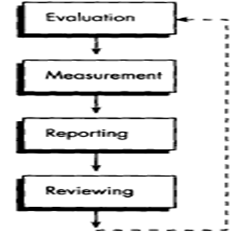SKEDSOFT
Introduction:
A sound quality assurance system has to scrutinize dynamically each and every aspect of organizations’ activities, so that conformance to established standards is prevalent all the time. The role of any quality assurance system is in fact the provision of information to the right levels so decisions are made.
Stages:
A good quality assurance programme should contain the following stages:
1. Evaluation:This stage should be intended to evaluate specifically the adequacy of existing plans, procedures, guidelines and standards. Not only has the evaluation stage got to make sure that there is an adequate system of procedures which control the various operations of the organisation, but it has also got to relate the former closely to organisational goals and objectives;
2. Measurement:A good quality assurance system should be able to measure performance and output levels at each stage of each process, to make sure that operations are being run efficiently, economically and with conformance to customer requirements;
3. Reporting:It is vital that a good quality system has a reporting stage so that action can take place. The reporting stage becomes the responsibility of those people who would take direct action to correct the identified problem and monitor the progress of the implemented solutions;
4. Reviewing:A good quality system is one which questions the viability of solutions all the time, the logical approach of doing things, the value of each function to organisational effectiveness and whether procedures are in line with recent changes and additions to the organisational productive system.
Steps in quality assurance programmes:

Quality systems: Managing information systems:
